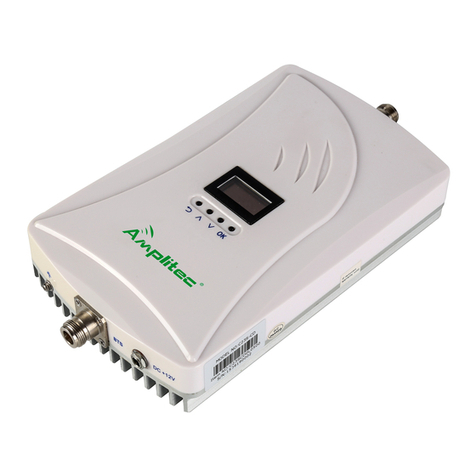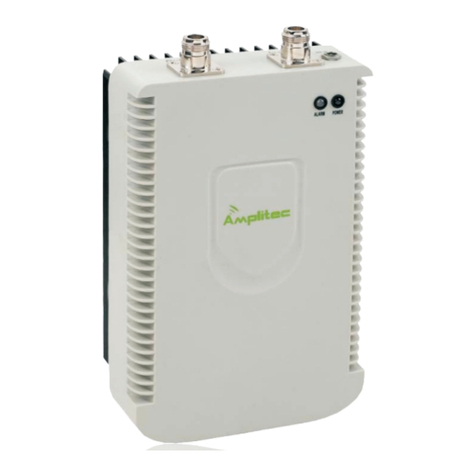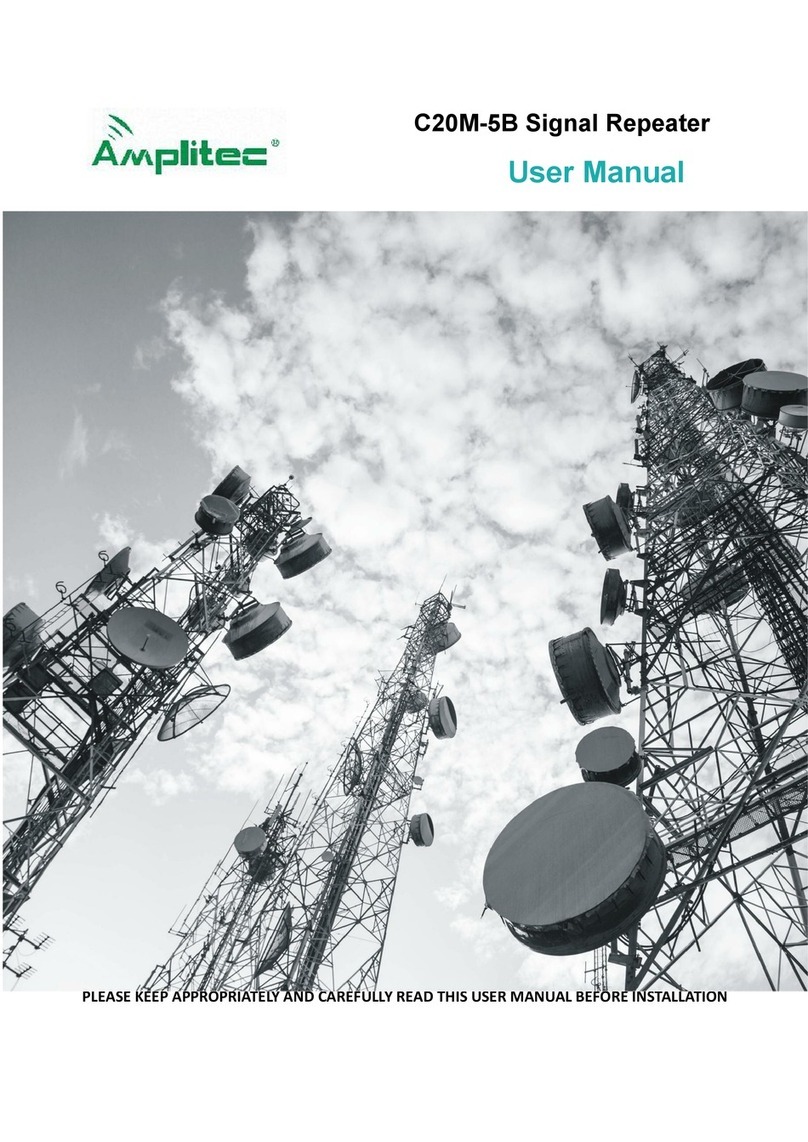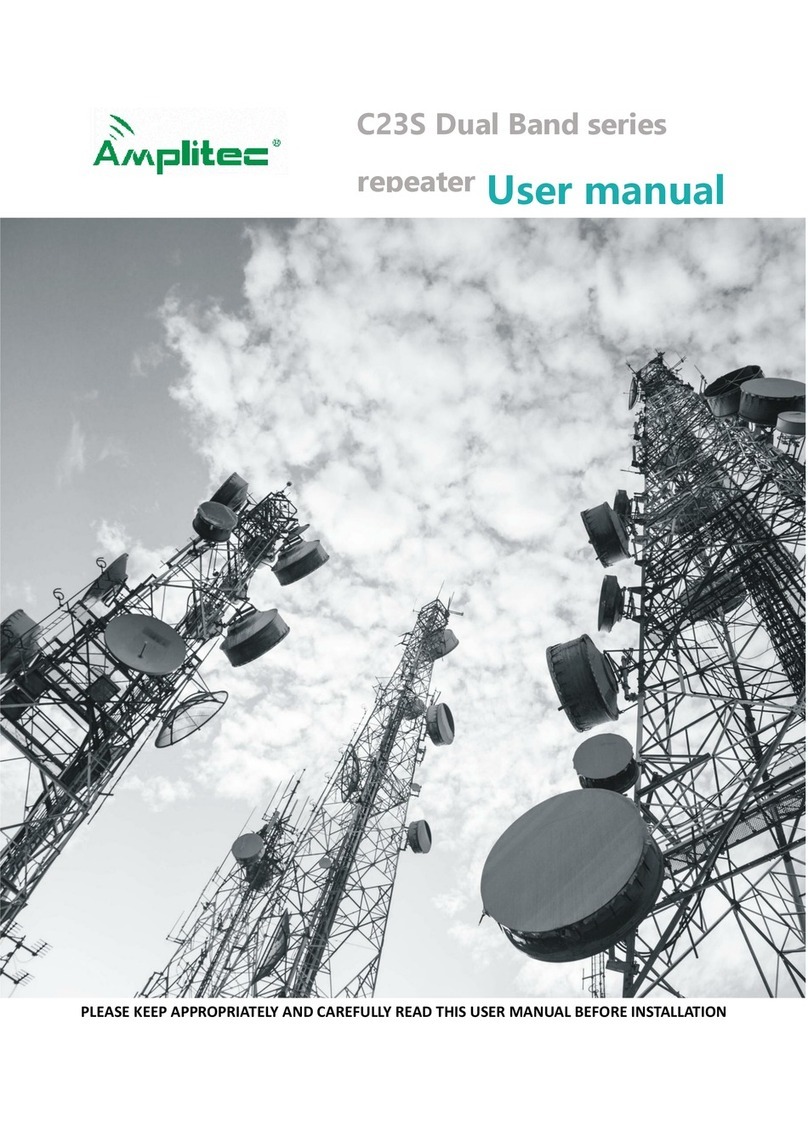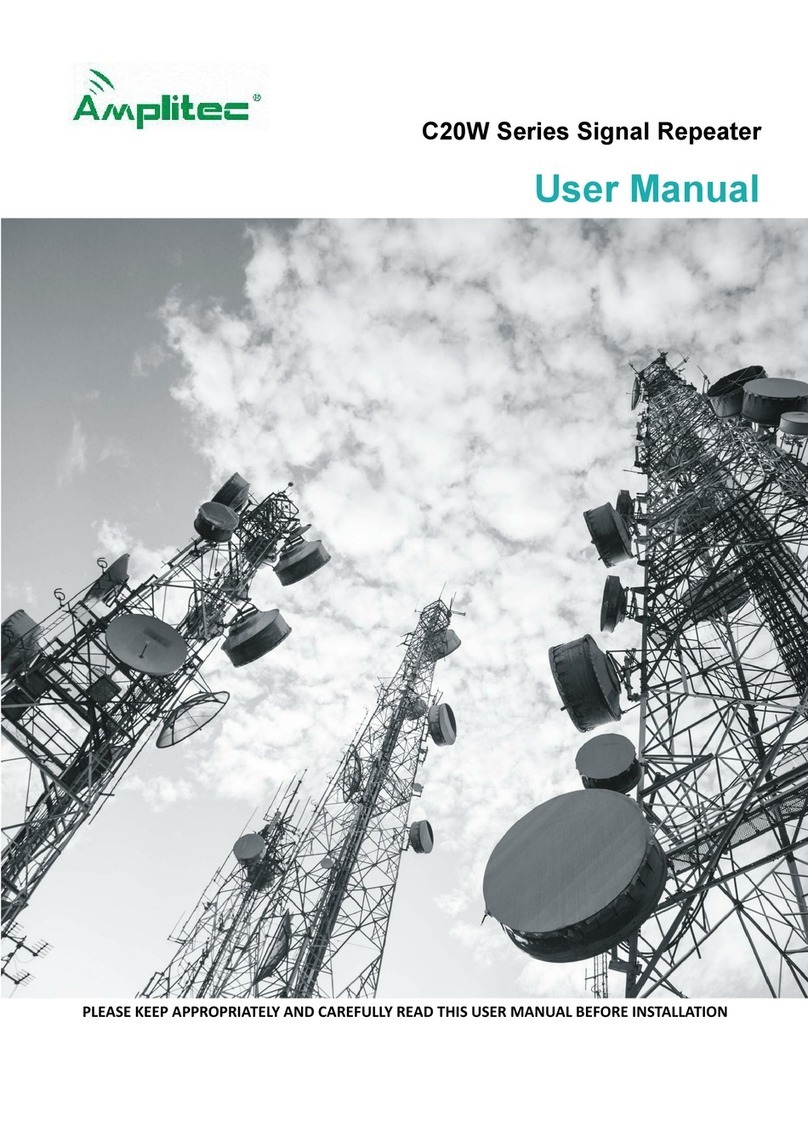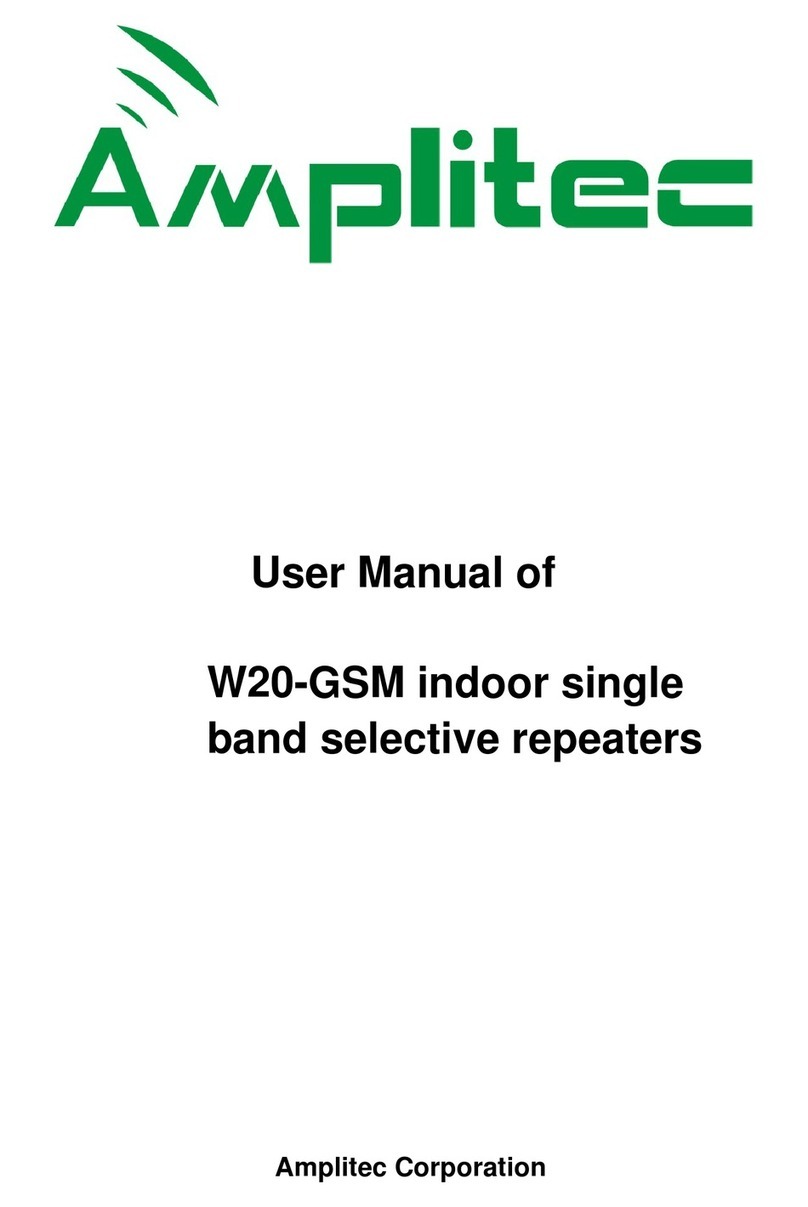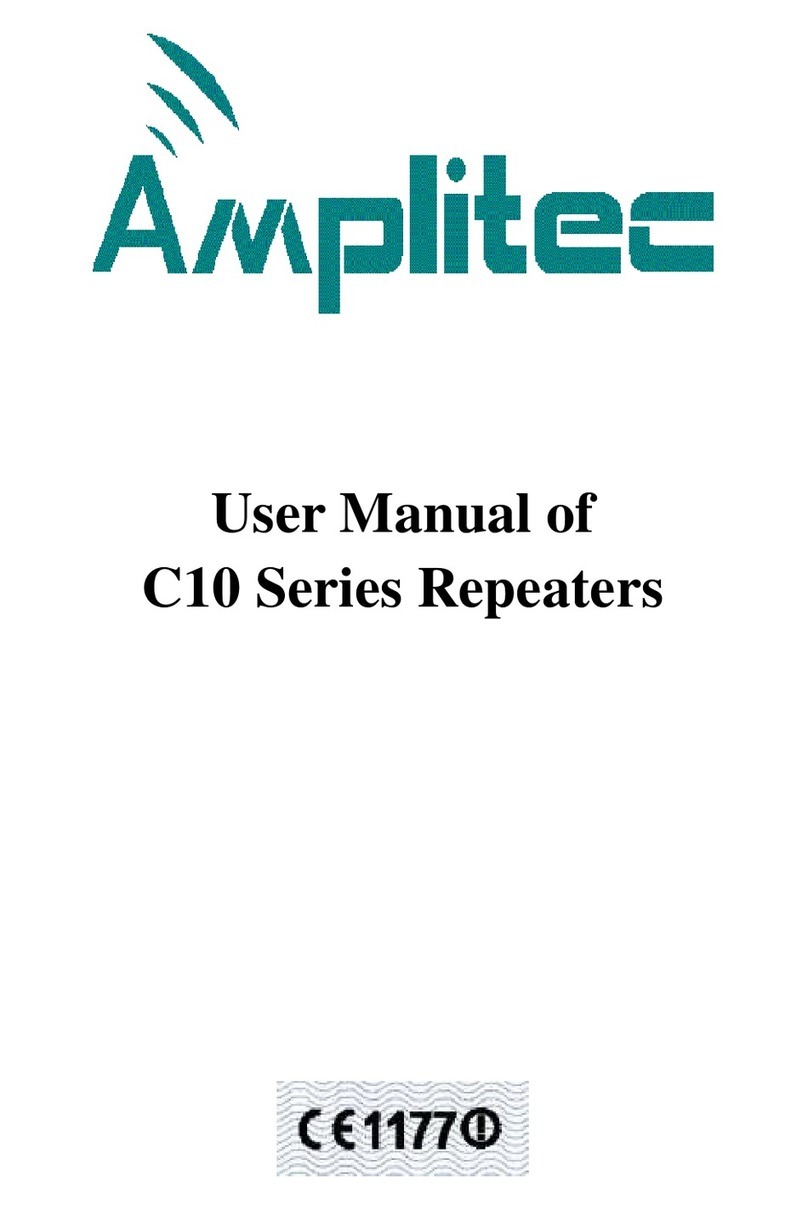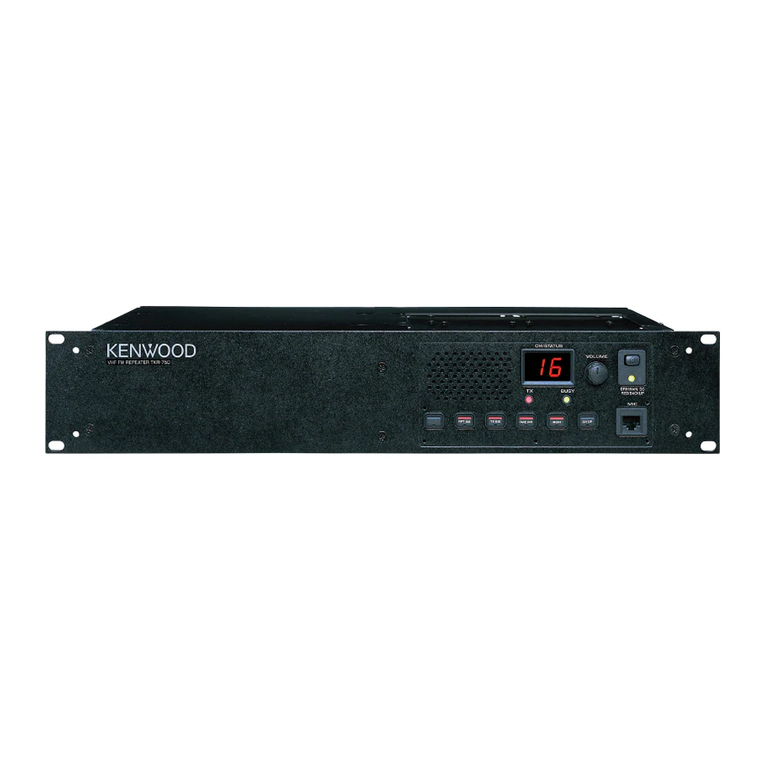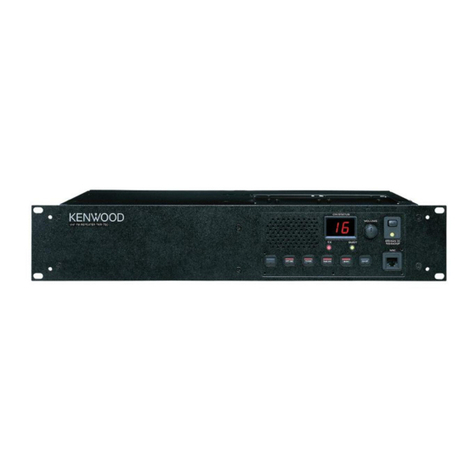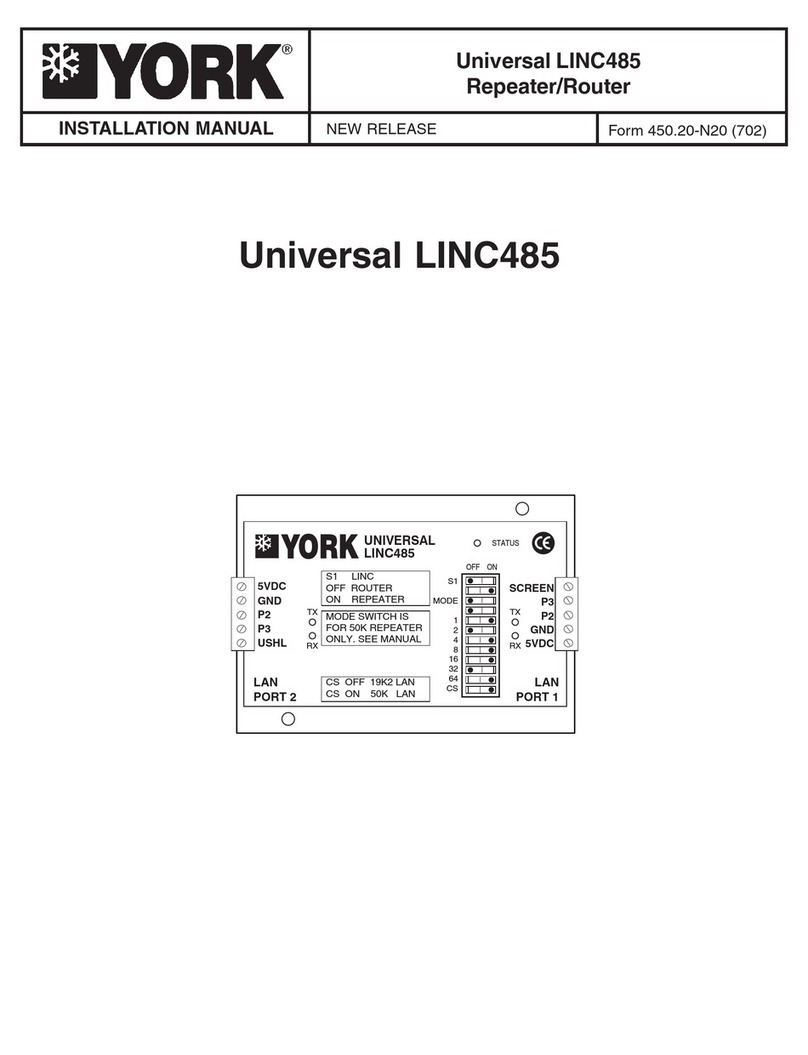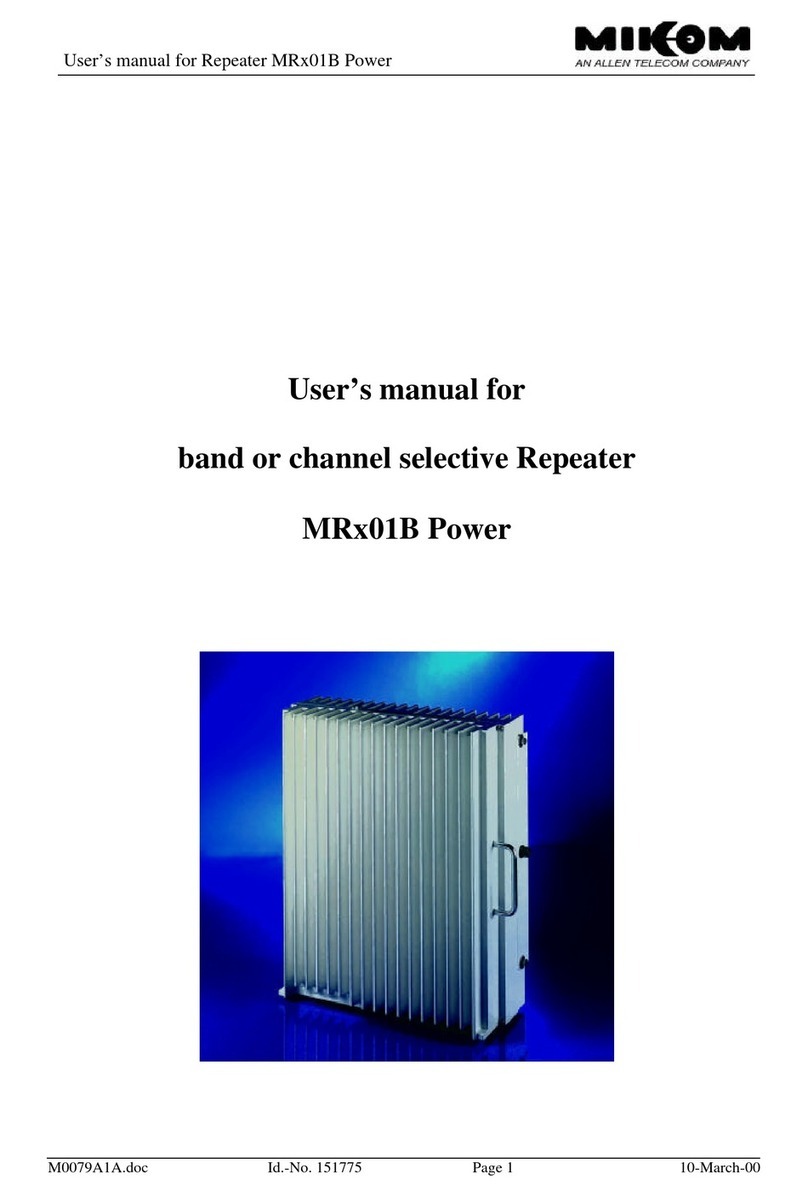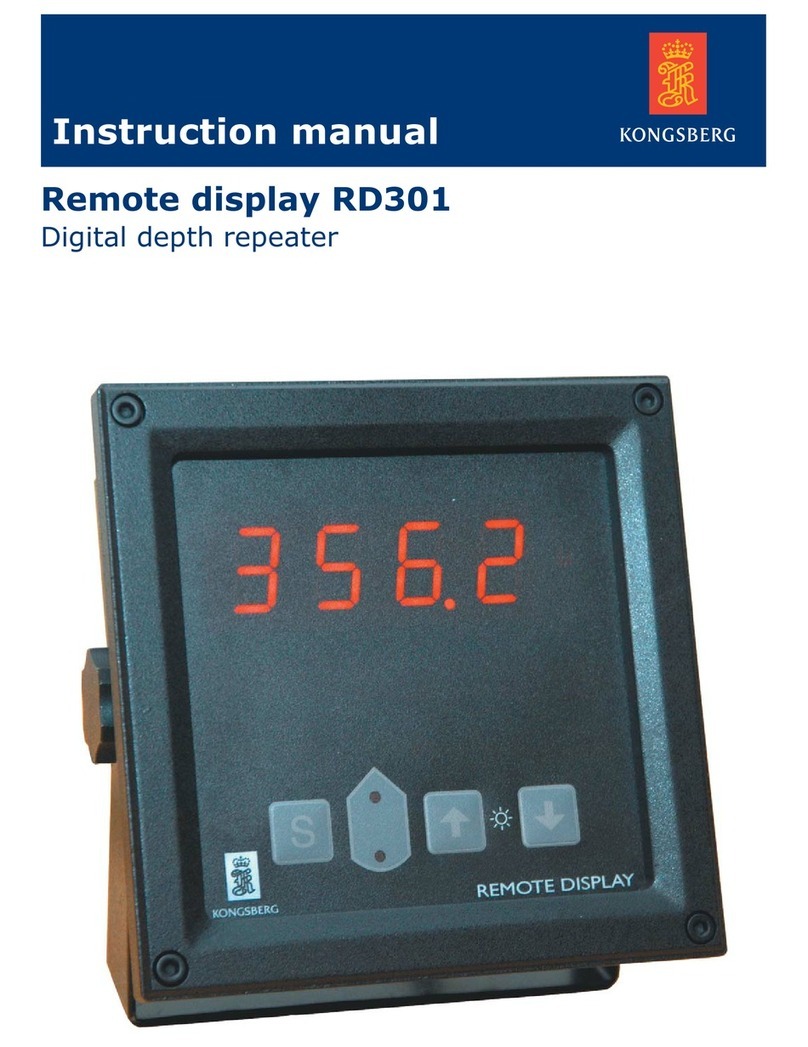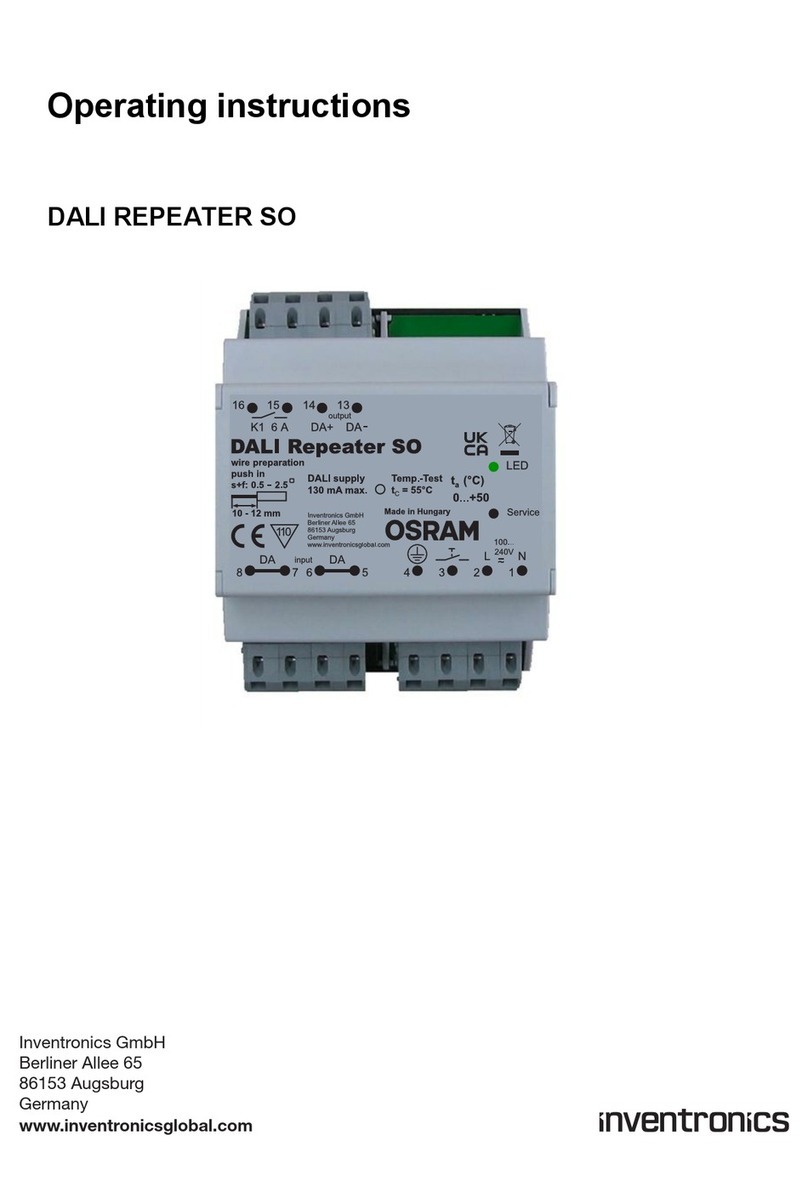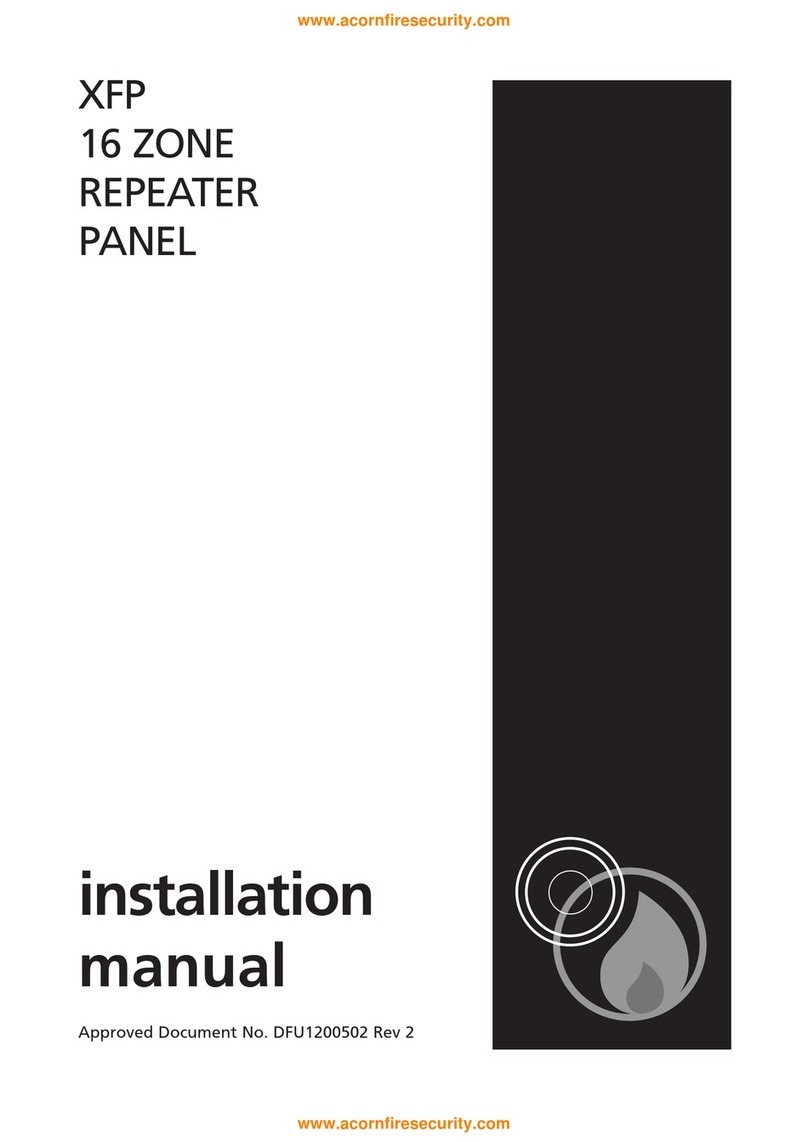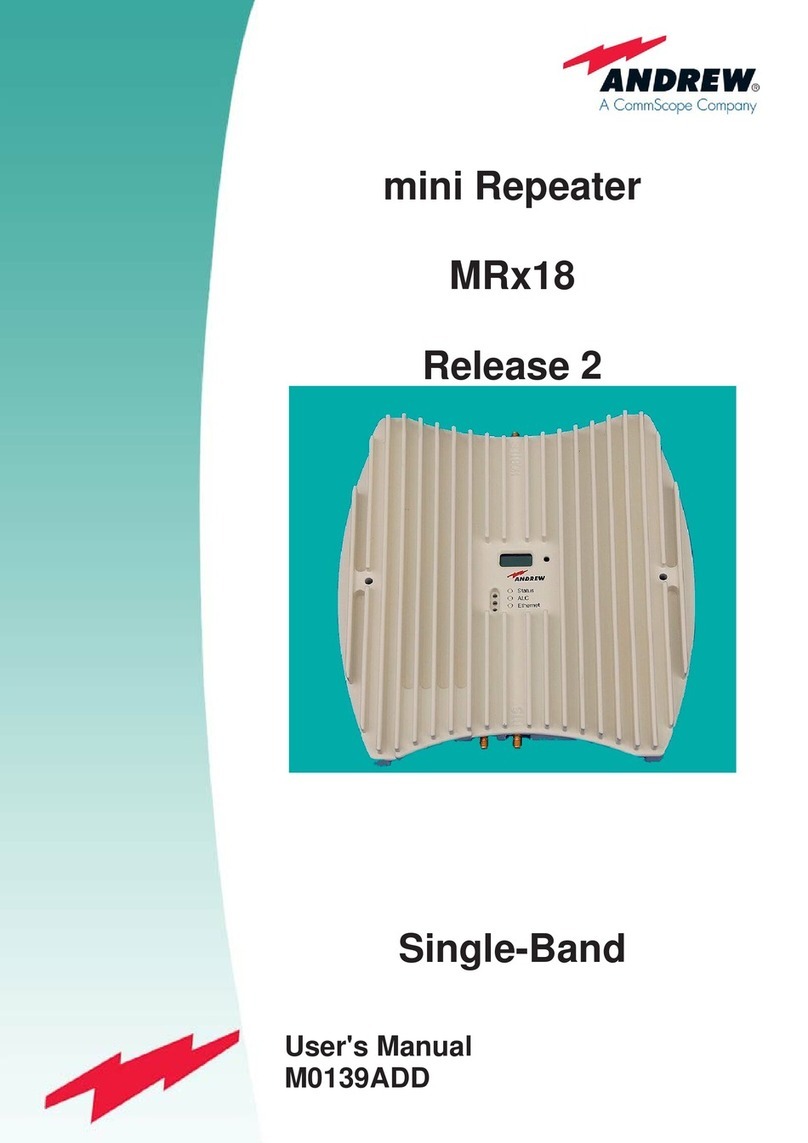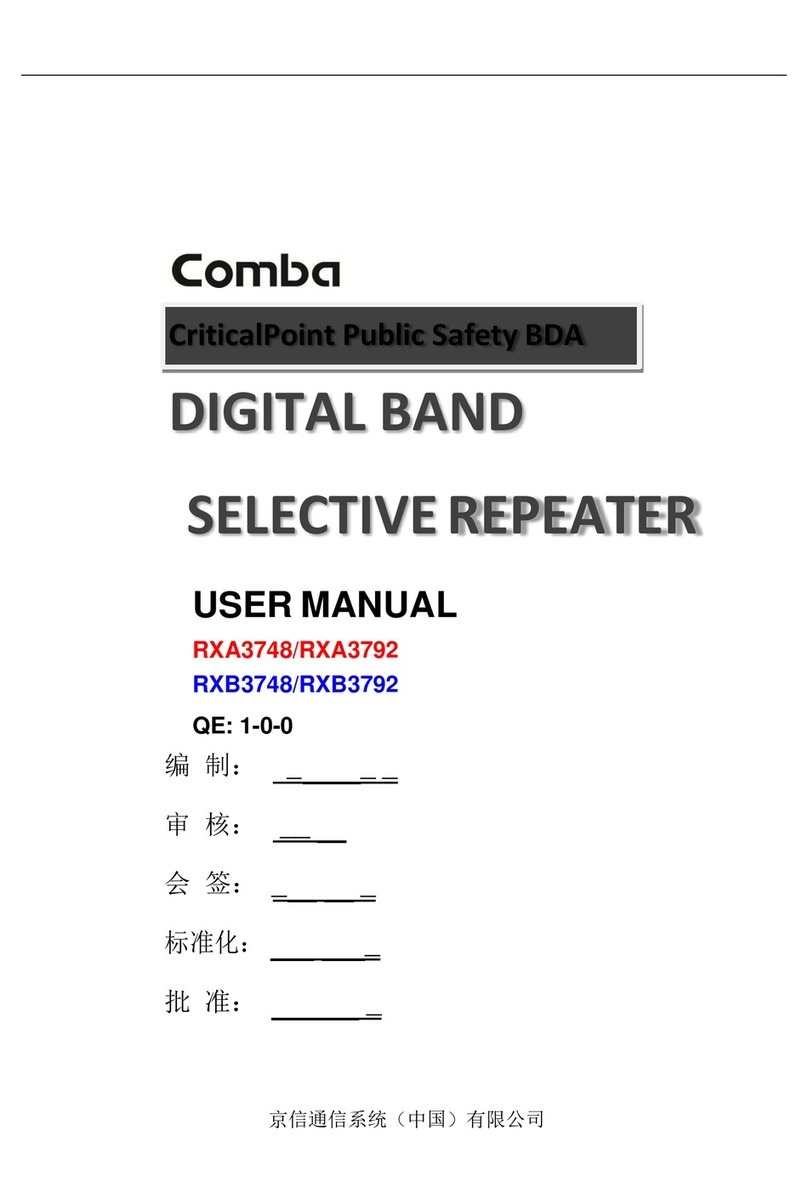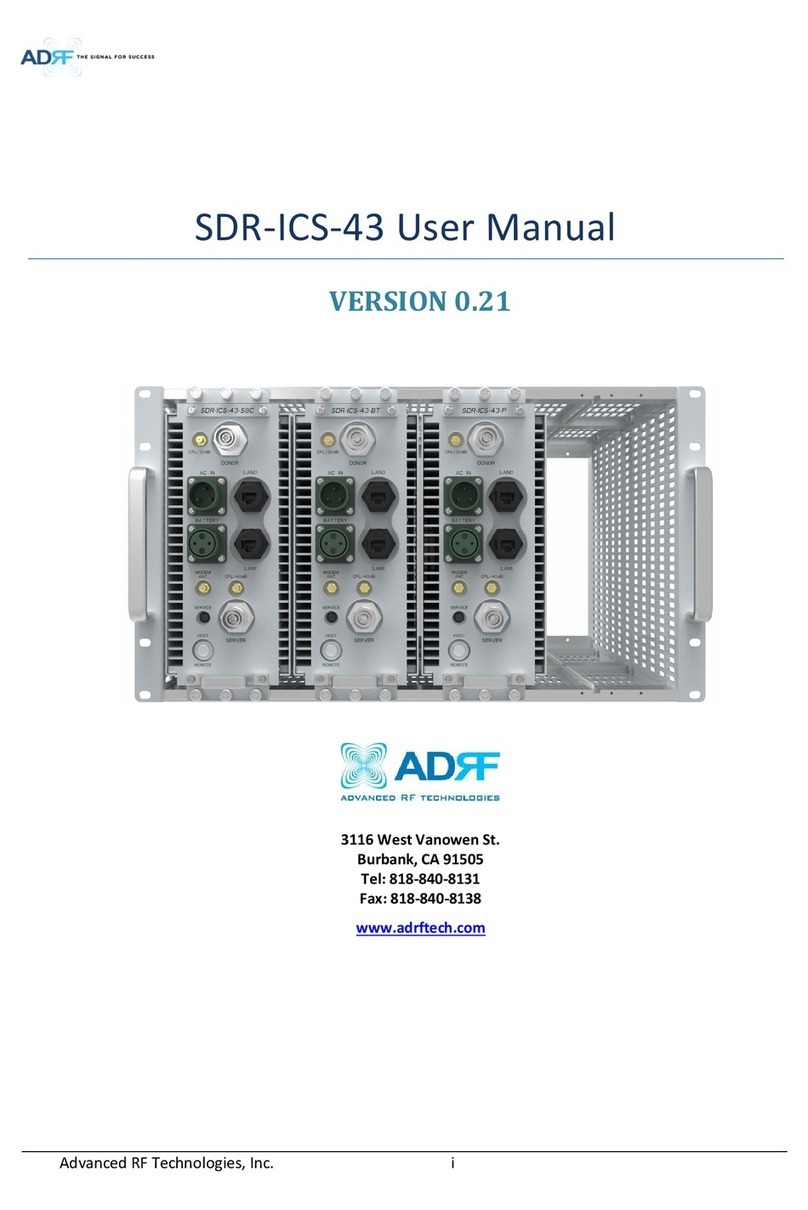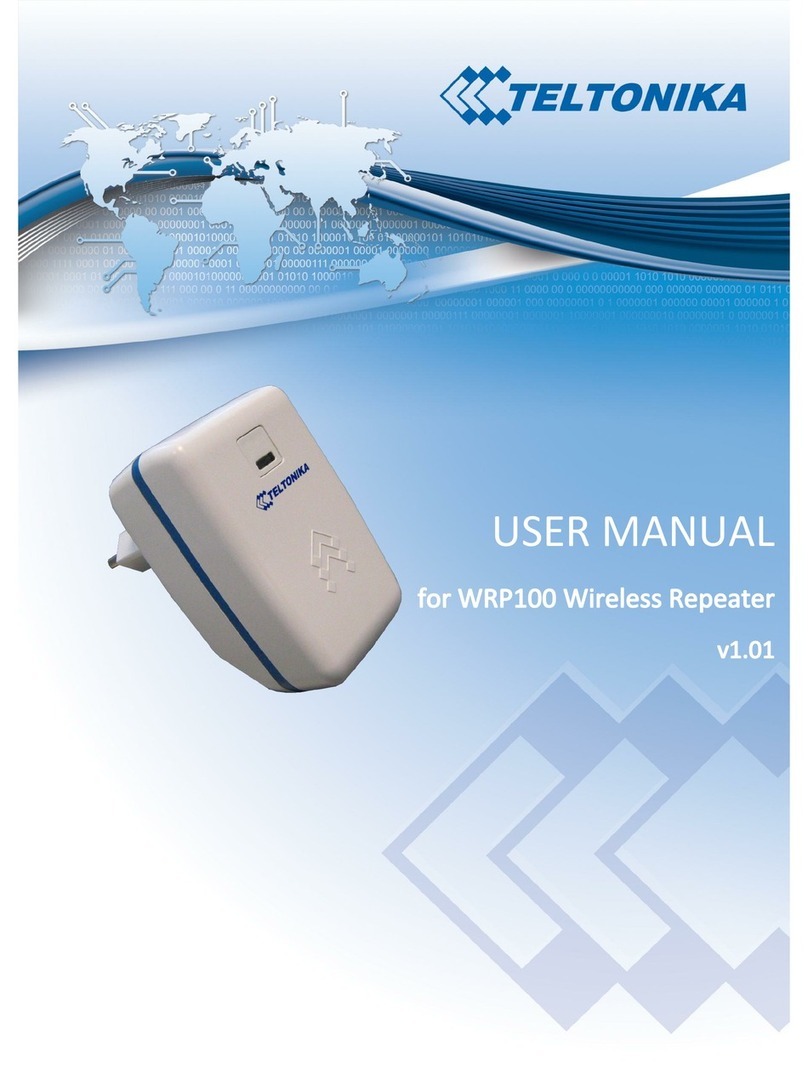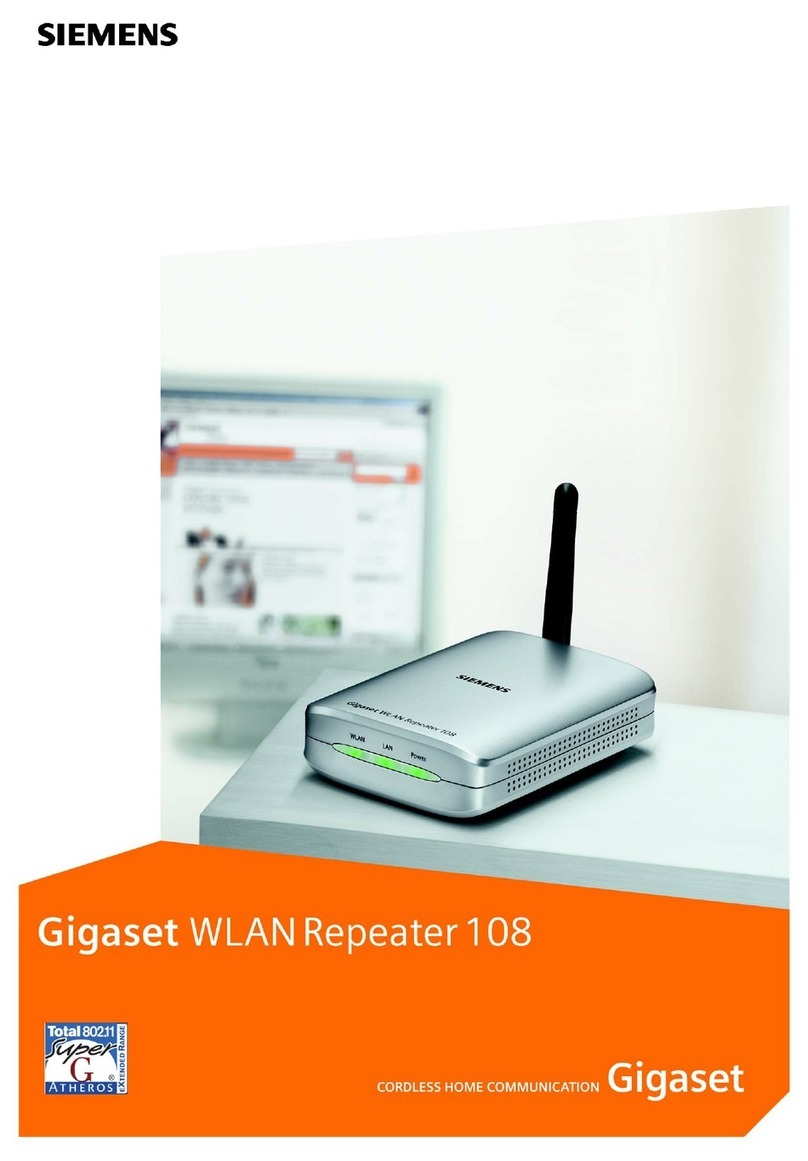
Chapter 2 - Summary
In mobile communication, it is inevitable that macro-cell coverage cannot cover
weak or dead zones; to use repeater is a good choice in these areas. These
band selective repeaters mainly applied in covering small blind and weak
Nowadays, wireless repeaters are widely used in solving coverage questions
of weak signal and blind signal. As for our dual band repeater, with its stale
function, low noise, high gain, small power consumption, it not only could
amplify signal well, solve poor coverage but also reduce the ambient noise,
reduce radiation and prolong using life. They are used in places such as
mountain settlements, scenics, shopping malls, hotels, airports, piers, bus
stations, stadiums, entertainment halls, railways, tunnels, high-ways, islands
and so on. At the same time, the repeaters are still working flexibility in traffic
diversion and BTS networking adjustment and other issues.
Figure 2.1 Wireless repeater application diagram
The C23S single band repeaters are suitable to solve poor signal and blind
area coverage problems of medium-small areas. Because of its smart design,
good band rejection, display function for easier project setting and fast setting
and debugging, it is quite popular for customers.

